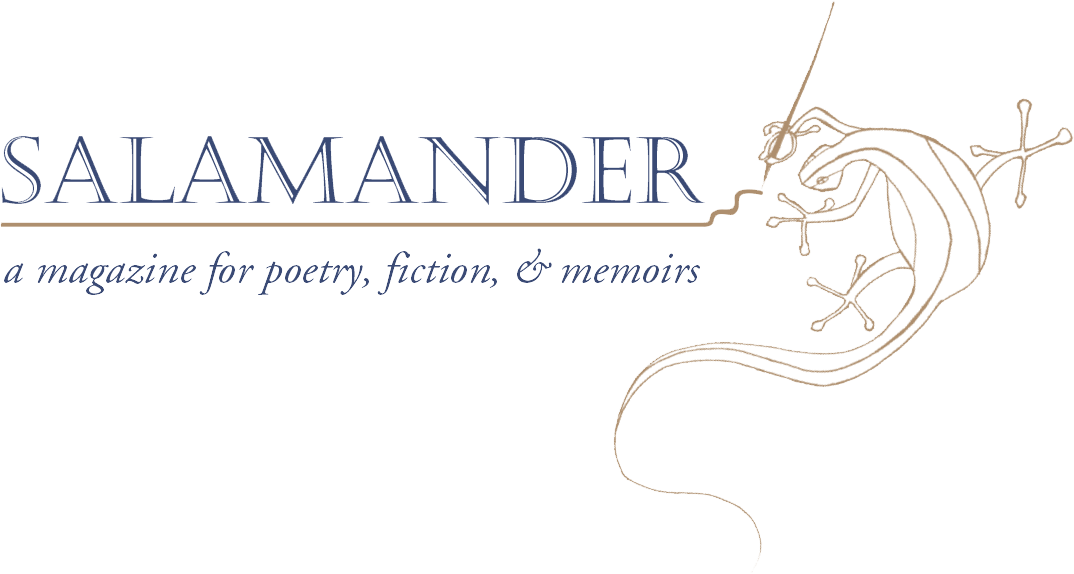The Black River ripples up from the limestone beneath the Ozark Mountains. Standing in its shallows, watching small fry dash and school just beyond the ripples of my steps, I found a rock the size of my palm with a large hole through the center, like a stone monocle. My husband, out to his waist in the water, still mud-caked from belly-crawling through a spring-formed cave that morning said, “Oh wow, that’s a really good hagstone.” If you look through a hole in a stone, he added, you can see beyond the veil, through a glamour, into a wretched heart.
I looked, expecting to see nothing, but in fact the light was entirely changed, every sparkle on the water crystallized and magnified; the air itself glowed. Even Brian, smiling at arm’s length, seemed to radiate.
Hagstones are abundant in landscapes with karst topographies where limestone or dolomite or gypsum bedrock is easily honeycombed by natural springs. In some places they are called adderstones or hexstones, Odin stones or chicken gods. They are used to bind evil spirits, bless the water, protect livestock. They can help you see what is real.
Even though I was the one writing the book on witches, when I held up this strangely-shaped rock I had no idea what a hagstone was. It’s often this way with us—I follow him into the cave, he follows me out. We got married too young, we sometimes say when blending in among the upper-class intelligentsia we have tried to become. But as the years pass we’re learning how utterly we belong, if anywhere, to this isolated place where the ground is all secret caverns beneath our feet, where the water is delicious because it passes through them on the way down and again on the way back up.
Out here it’s taken by many as an axiomatic truth that people never change and a grudge is something you take to your grave. Perhaps that’s why Isobel Gowdie, the Scottish witch put on trial in 1662, is the one who has always felt closest to me. Or perhaps because she came from a place some of my ancestors would have called home. Or because she was a flyter, a flinger of insults as a literary art form, which was a common practice among professional storytellers in her time and place, and lately feels like my own most-preferred genre. The court records do not include any examples of her flytes—by the time she had submitted to give her confession she was long past the balance between risk and restraint, the artful attention to sound and syntax, that characterize the form. Instead she devoted that public performance almost entirely to asserting a violent and otherworldly power as she threatened, cursed, and hexed the men in the room. You can almost see her spit as you read the dozen or more names of neighbors she claims to have pierced with fairy arrows as she flew through the sky like a straw in a whirlwind.
Some of the great flytes that survived from her age into ours and that she might have borrowed from in happier times when performing at the market for a laughing and gasping crowd include:
In the Book of the Dunn Cow, Emer won the Ulster Women’s War-of-Words when she derided her rivals that “Your fine heroes are not worth a stalk of grass… they are like the scum and the leavings.”
In the Elder Edda Hrimgerdr told Atli “you would neigh if your balls weren’t cut off,” and Atli answered that he was a stallion and if he came ashore she would lower her tail.
Scottish court records include a transcription of the flyte between Marion Ray and Henry Anderson not so many years apart or towns away from Gowdie. “Slobbering Henry,” Marion Ray said, “if you were worthy to fuck your wife yourself, you wouldn’t let others fuck her.” Henry’s wife Agnes Anderson jumped into the fray to assert that Marion was a homewrecker and a whore.
